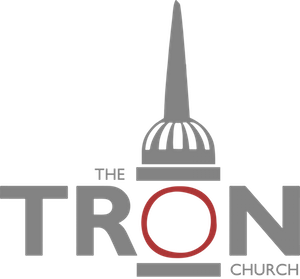6 Now I watched when the Lamb opened one of the seven seals, and I heard one of the four living creatures say with a voice like thunder, “Come!” 2 And I looked, and behold, a white horse! And its rider had a bow, and a crown was given to him, and he came out conquering, and to conquer.
3 When he opened the second seal, I heard the second living creature say, “Come!” 4 And out came another horse, bright red. Its rider was permitted to take peace from the earth, so that people should slay one another, and he was given a great sword.
5 When he opened the third seal, I heard the third living creature say, “Come!” And I looked, and behold, a black horse! And its rider had a pair of scales in his hand. 6 And I heard what seemed to be a voice in the midst of the four living creatures, saying, “A quart of wheat for a denarius, and three quarts of barley for a denarius, and do not harm the oil and wine!”
7 When he opened the fourth seal, I heard the voice of the fourth living creature say, “Come!” 8 And I looked, and behold, a pale horse! And its rider's name was Death, and Hades followed him. And they were given authority over a quarter of the earth, to kill with sword and with famine and with pestilence and by wild beasts of the earth.
The vision of the 'Four horsemen of the Apocalypse' as this passage is sometimes called, seems to owe much to ideas in the Old Testament, especially Zechariah 1 and 6, which should be read in connection with this chapter. The meaning, in general, is clear enough, and may fairly be summed up in our Lord's own words in John 16:33, 'In the world ye shall have tribulation but be of good cheer; I have overcome the world'. But differences are very marked as to detailed interpretation. According to one view the first horseman (on the white horse) represents Christ Himself going forth conquering and to conquer. It is maintained that the symbolism used, the crown, etc, is consistently used elsewhere of Christ. This is in harmony with the central theme of Revelation - the conquering Christ. The gospel will win the day. Next, the second horseman (red) represents religious persecution. This also is consistent. Wherever Christ and the gospel advance, persecution follows. The third horseman (black) rep resents famine, poverty and hardship suffered by God's people for the sake of their testimony. The fourth (pale) represents death. War here is indicated with all its horrors, famine and pesti lence. (These seals represent what happens, not consecutively, but during the entire Christian age, and unfold inevitable principles operating in human life and experience. There is, how ever, another interpretation of the four horsemen, and to it we must turn next, in tomorrow's note.
